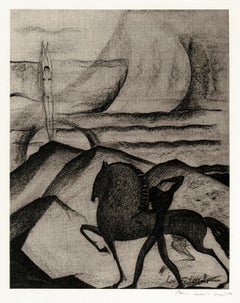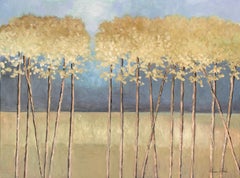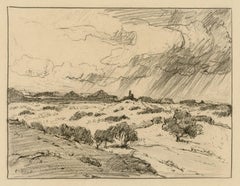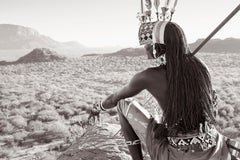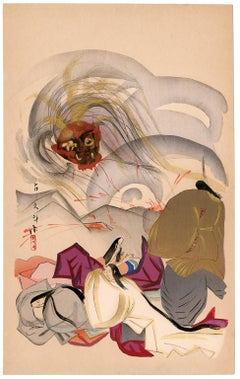South Carolina - Art
2010s Minimalist South Carolina - Art
Archival Pigment
1920s American Modern South Carolina - Art
Lithograph
2010s Contemporary South Carolina - Art
Acrylic
1910s American Impressionist South Carolina - Art
Pencil
2010s Minimalist South Carolina - Art
Archival Pigment
1920s Showa South Carolina - Art
Woodcut
1920s Art Deco South Carolina - Art
Lithograph
1920s American Realist South Carolina - Art
Etching
2010s Minimalist South Carolina - Art
Archival Pigment
2010s Minimalist South Carolina - Art
Archival Pigment
1930s American Modern South Carolina - Art
Etching
1940s American Modern South Carolina - Art
Lithograph
1890s Post-Impressionist South Carolina - Art
Drypoint, Etching, Aquatint
1920s Realist South Carolina - Art
Watercolor, Pencil
1920s American Modern South Carolina - Art
Lithograph
2010s Minimalist South Carolina - Art
Archival Pigment
1910s Romantic South Carolina - Art
Monotype
1930s American Modern South Carolina - Art
Lithograph
Mid-20th Century American Modern South Carolina - Art
Screen
2010s Contemporary South Carolina - Art
Archival Pigment
2010s Contemporary South Carolina - Art
Archival Pigment
1920s American Realist South Carolina - Art
Etching
Mid-20th Century American Modern South Carolina - Art
Screen
2010s Minimalist South Carolina - Art
Archival Pigment
2010s Contemporary South Carolina - Art
Archival Pigment
2010s Minimalist South Carolina - Art
Archival Pigment
Mid-20th Century American Modern South Carolina - Art
Watercolor, Lithograph, Stencil
20th Century Contemporary South Carolina - Art
Photographic Paper
20th Century Contemporary South Carolina - Art
Silver Gelatin
1970s American Modern South Carolina - Art
Woodcut
2010s Minimalist South Carolina - Art
Archival Pigment
1980s American Modern South Carolina - Art
Woodcut
1940s American Modern South Carolina - Art
Screen
2010s Minimalist South Carolina - Art
Archival Pigment
1940s Modern South Carolina - Art
Conté, India Ink
1930s Modern South Carolina - Art
Engraving
1940s Modern South Carolina - Art
Photogravure
2010s Minimalist South Carolina - Art
Archival Pigment
20th Century Contemporary South Carolina - Art
Archival Pigment
2010s Contemporary South Carolina - Art
Archival Pigment
2010s Minimalist South Carolina - Art
Archival Pigment
21st Century and Contemporary Contemporary South Carolina - Art
Photographic Paper
1930s Symbolist South Carolina - Art
Etching
2010s Minimalist South Carolina - Art
Archival Pigment
2010s Minimalist South Carolina - Art
Archival Pigment
1960s American Modern South Carolina - Art
Etching, Aquatint
1920s Showa South Carolina - Art
Woodcut
2010s Minimalist South Carolina - Art
Archival Pigment
1940s Modern South Carolina - Art
Photogravure
2010s Contemporary South Carolina - Art
Archival Pigment
2010s Contemporary South Carolina - Art
Archival Pigment
1930s South Carolina - Art
Woodcut
20th Century Contemporary South Carolina - Art
Silver Gelatin
2010s Minimalist South Carolina - Art
Archival Pigment
1940s Surrealist South Carolina - Art
Engraving
2010s Minimalist South Carolina - Art
Archival Pigment
1920s American Realist South Carolina - Art
Drypoint
1920s Vienna Secession South Carolina - Art
Pencil
2010s Minimalist South Carolina - Art
Archival Pigment
1940s Surrealist South Carolina - Art
Drypoint

